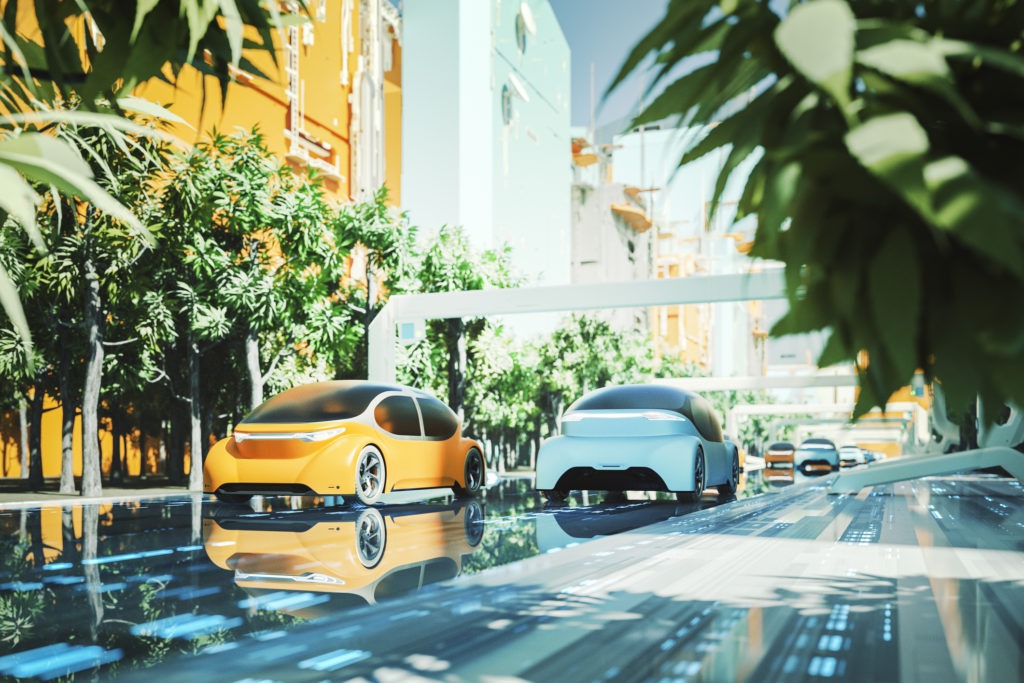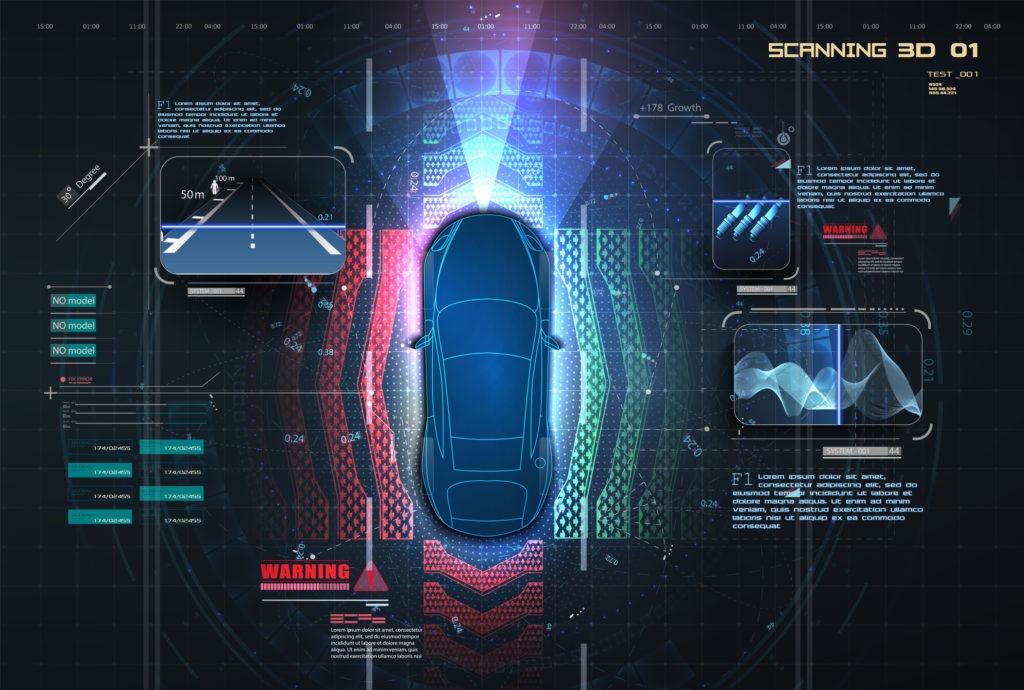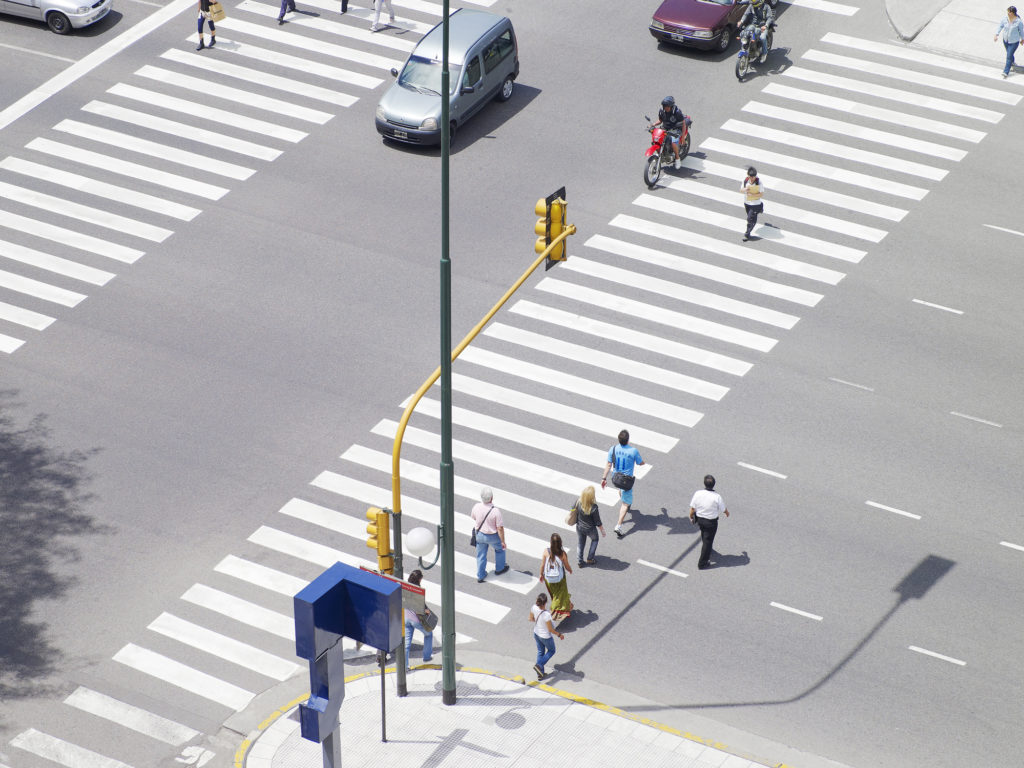How can the safety of autonomous vehicles be measured?
08 December 2021

Autonomous vehicles could help make roads safer, freeing people of a complex and sometimes dangerous task. But how can the safety of these advanced systems be measured? Autovista24 journalist Tom Geggus speaks with UK Transport Research Laboratory (TRL) safety researcher Ben Simpson about motoring-safety metrics.
You can listen and subscribe to receive podcasts direct to your mobile device, or browse through previous episodes, on Apple, Spotify, Google Podcasts and search for Autovista24 Podcast on Amazon Music.
Show notes
Who is developing autonomous-vehicle technology and how will they market it?
Do autonomous vehicles support the quest for sustainable mobility?
What is an autonomous vehicle?
Would you trust an autonomous vehicle?
A lot to learn
While developers look ahead to more automated transportation, road casualties have plateaued over the last decade. This means there is a need to reform how data is collected, analysed, and applied to the design of new systems. Historically, road safety has been reactive. Post collision, investigators advised on how to prevent a similar event taking place.
So, TRL wants the road-transport sector to learn from automated technologies to help reduce collisions. As these systems can be found in modern, connected, and autonomous vehicles, there is potentially a lot to learn. Utilising autonomous technology could allow safety measures and interventions that will prevent collisions.
Considering the causes of collisions on a wider scale will give researchers a more in-depth understanding of why they happened in the first place. This will enable proactive measures capable of combatting collision risk.
‘A road-collision investigation framework in the future should include both collision investigation and safety monitoring, where insights and evidence from both feed into each other,’ said Camilla Fowler, head of automated Transport at TRL. ‘This would help define what CAVs are evaluated against, what constitutes desirable and undesirable behaviours, and what precisely we should be monitoring in real-time – this will help us understand which human behaviours and which automated systems aid in avoiding collisions and how we can improve them.’
‘There is a benefit in learning from the findings of other teams and agencies, both in the UK and internationally,’ added David Hynd, chief scientist for safety and investigations at TRL. ‘We want to make sure that we maintain and encourage the open sharing of data across every channel to build the biggest pool of data possible. We know that change within the vehicle fleet takes a long time (decades sometimes), meaning we must act now to initiate positive changes for the future.’



